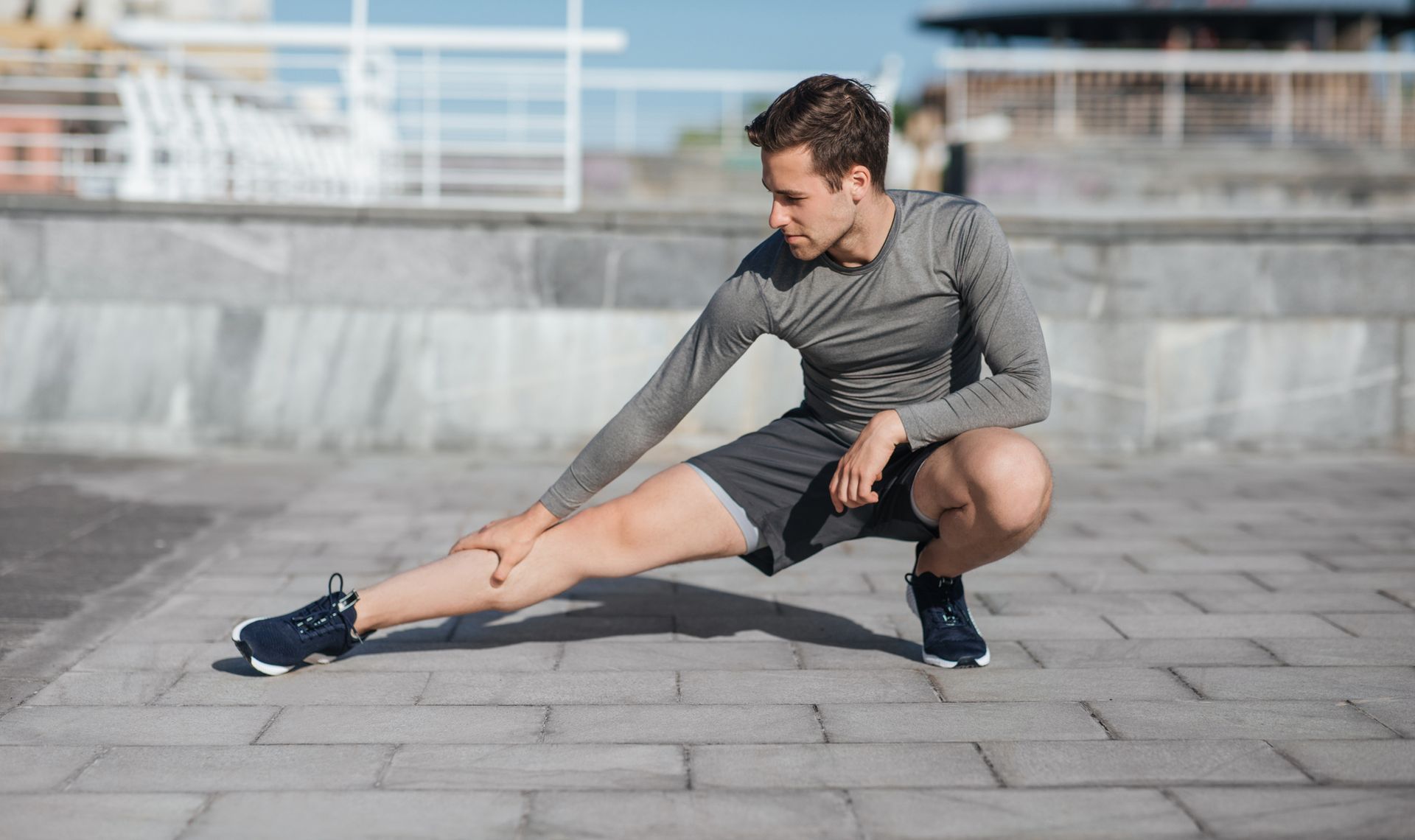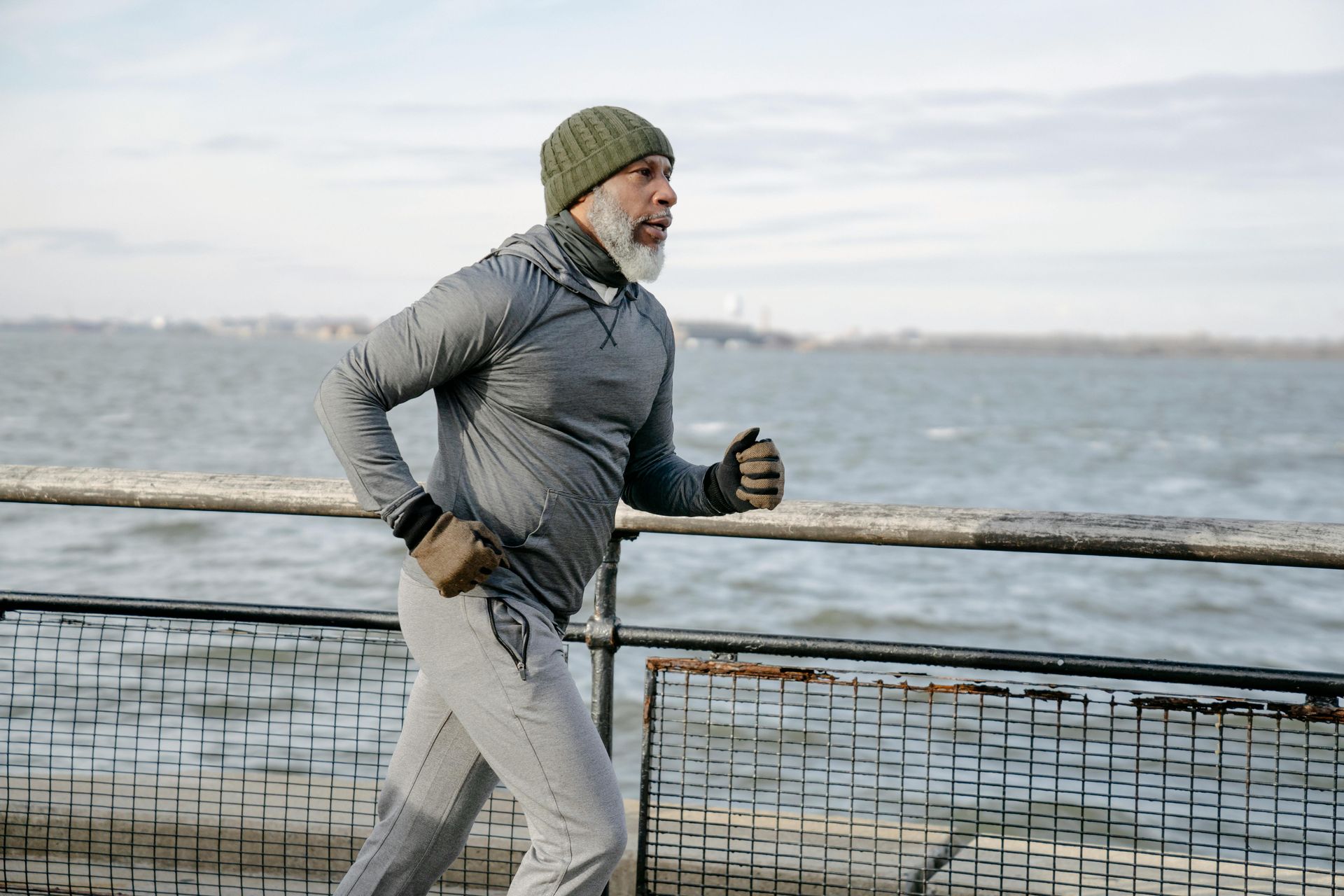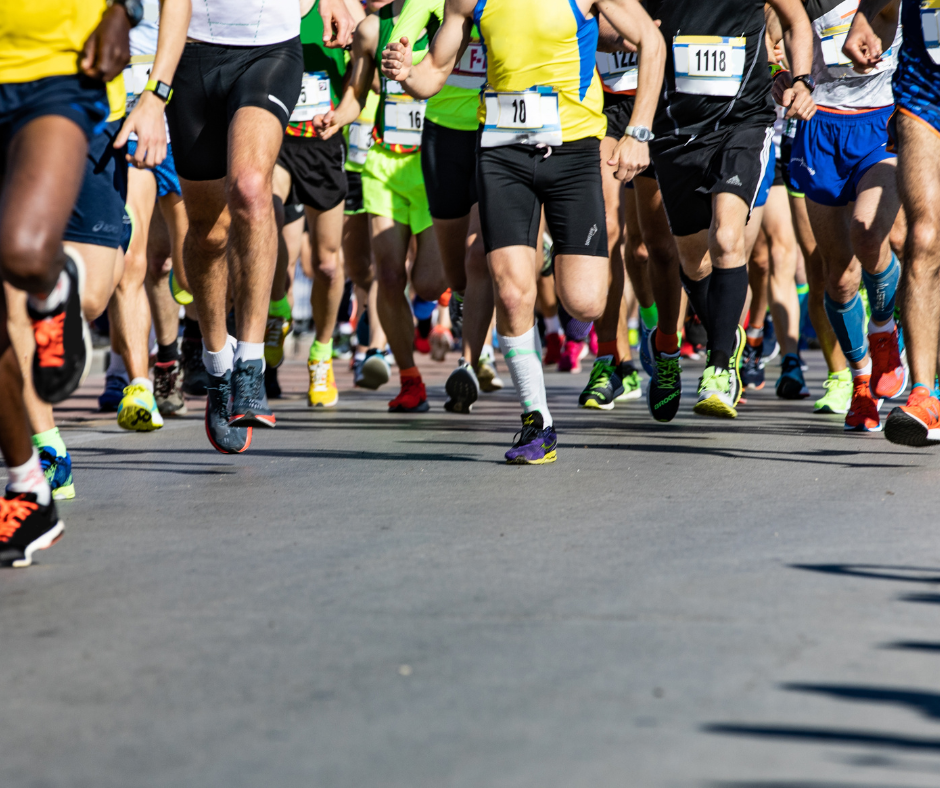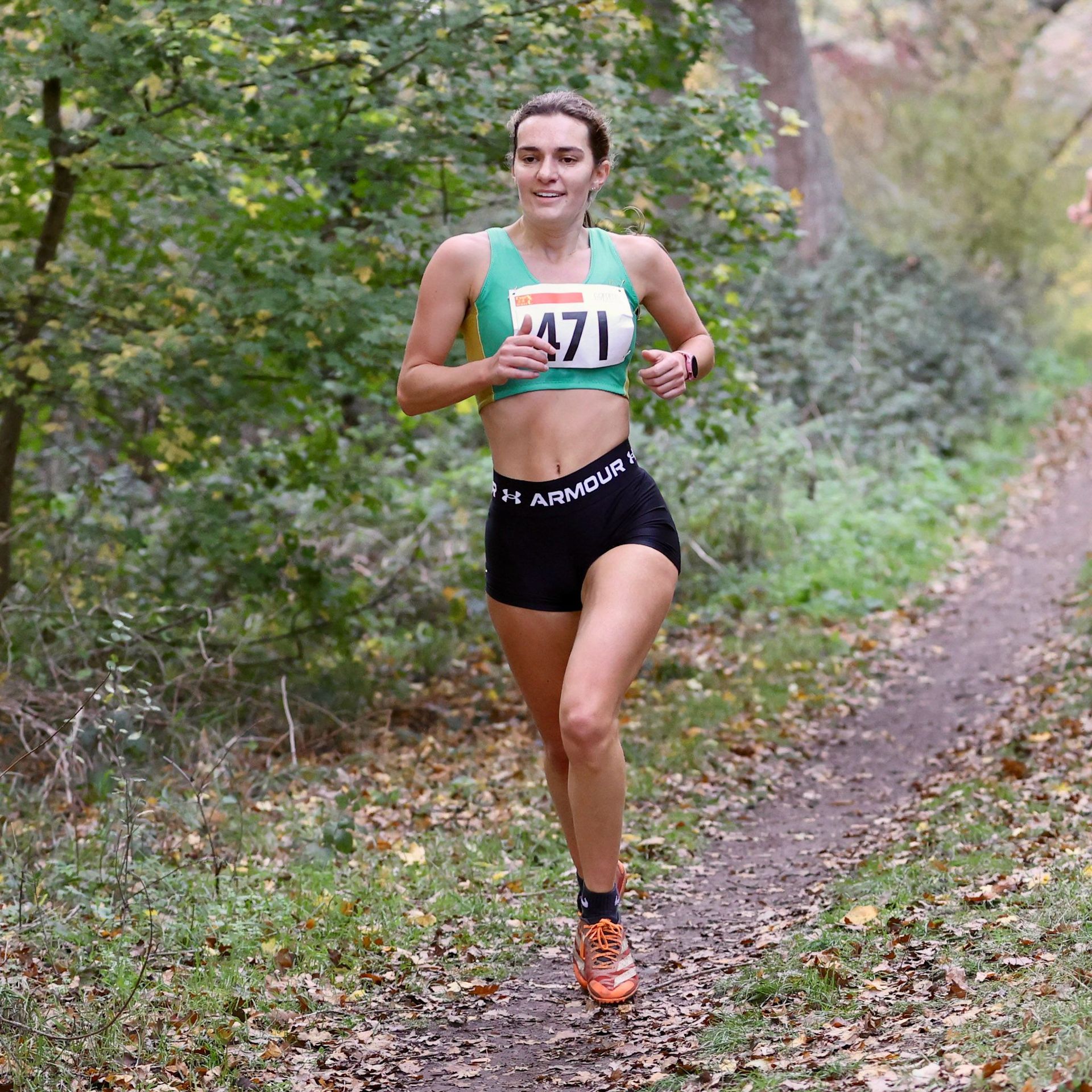To Stretch or Not to Stretch
Stretching, either prior to exercise or at the end, or both, is typically carried out by all individuals undertaking sporting activities, whether they be elite or recreational athletes.
The many forms of stretching available to an athlete, either passive or active, have long been thought to improve performance, decrease injury and generally be advantageous to the athlete. (Baxter et al, 2017 ).
- However, are you wasting your time stretching ?
- Is stretching actually having a negative effect on your performance ?
- Does stretching actually prevent injuries ?

Let’s Have a Look at What the Research Says!
Stretching has long been a key component of any athletes training or competition. Through the generations we have been told that if we don’t stretch we will get injured or not perform well that day. Almost all sports see stretching as a tool for warm up to improve performance and cool down, to reduce injury risk. However, in recent years the studies and research has failed to support this, and perhaps it is more based on tradition than science ?
We will now look at what the current and best literature says, and evaluate what athletes can and should do with respect to this controversial topic.
Does Stretching Improve Flexibility ?
Firstly, we need understand there are various types of stretching, and for the purpose of this blog we will look primarily at Static Stretching. This typically involves elongating a muscle to the point at which tension is felt and remaining in this position for a given amount of time. Multiple stretches are performed on a single muscle group, with a minimum of 30 second per stretch (Woods et al, 2007). Bandy & Irion (1994) had investigated stretch times further and found that there were no additional benefits after a 30 second hold, reporting 30 seconds as the optimal hold time for static stretching.
The research has demonstrated that when simple static stretching is performed regularly over a 6 week period, flexibility can be significantly increased (Thacker et al, 2003)
However, what is important to remember here is whether more flexibility is helpful or unhelpful to the sport you play and the performance of your sport ?
Endurance Runners & Flexibility
There is evidence to suggest that typically, elite endurance runners are less flexible than their non-elite counterparts (Baxter et al, 2017)
In a study of endurance runners, Schwellnus & Collins (2011) found a gene COL5A1 associated with in-flexibility, which demonstrated that endurance runners who possess this gene had a considerably higher running economy than the other athletes participating in the study.
A study conducted by Gleim at al (1990), using untrained individuals and found that the participants with the lowest flexibility consistently had the most economical running styles.
They reported that this was due to:
- Better pelvic control
- Excess range of motion
- More energy to stabilise
- Increased elastic storage
- Reduced demand of 02
Thacker et al (2003) commented that there is optimal flexibility for endurance runners. Too much flexibility can actually can be more detrimental and unhelpful to a runner, than being a little bit stiff and tight in the lower limb.
Stretching & Performance
Performance potential relies on 2 main areas, physiological parameters such at V02 max & lactate threshold, as well as running efficiency which we will focus on in relation to stretching
Running efficiency is an area where stretching has the ability to impact on a runners success (Barnes & Kidling, 2015). This raises the question of whether stretching should remain an assumed aspect of training? (Baxter et 10, 2017)
The debate surrounding the effects of static stretching has surfaced after it was suggested that acute stretching immediately before exercises had to ability to significantly inhibit performance on short, explosive events including:
- 1RPM leg press (Bacurau et al, 2009)
- 20m sprint performance (Nelson et al, 2005)
- Vertical height jump (Young et al, 2001)
- Kicking distance
- 1-mile uphill treadmill run was investigated by Lowery et al. (2014). Compared to the non-stretching condition, the static stretching induced a reduced 1-mile uphill run performance.
This is potentially due to physiological changes seen in the muscle and the decreased ability to store elastic energy ? (Wilson et al, 2010)
No studies appear to be able to show that acute stretching has the ability to improve performance of athletes and notably no studies have reported positive effects for endurance runners. As a result, the debate has since evolved into whether static stretching decreases running economy for runners or simply does not affect it (Baxter et al, 2017)
Despite the majority of the literature on stretching for runners reporting that stretching causes a decrease in running economy, athletes continue to use stretching during their warm up regime prior to both training and competition.
The central idea behind this phenomenon is that stretching before an endurance event reduces mechanical efficiency of the lower body, primarily through the reduction of musculotendinous stiffness (Baxter et al, 2017)
Muscultendinous stiffness historically has always be viewed and thought of as a potential risk to injury, when in fact it appears to be advantageous to runners. Stiffness at the ankle and hip joints actually provide the best efficiency and results for runners and reducing this stiffness through stretching can have a negative effect on performance, as well as this less energy is then needed for muscle stabilisation.
There are no studies that were able to suggest that stretching immediately before running could improve running economy. The research suggests that runners may be best reducing their warm up routine to a low intensity, progressive run and removing stretching practices completely ? (Baxter et al, 2017)
Stretching away from running doesn’t appear to inhibit or improve running economy or performance. In groups that performed static stretching regimes over 6-12 week periods to improve flexibility, it was found that flexibility improved but there were no positive or negative effects noted to their running. So if you like stretching and feel better for stretching, feel free to continue, just make sure you stretch separately to any running.
Stretching & DOMS (delayed onset of muscle soreness)
Runners often using stretching to improve their recovery and reduce any DOMS effects post run. The research however don’t support this, and no studies have been able to demonstrate any significant difference in DOMS, between groups that stretch and groups that don’t stretch (Herbert et al, 2011)
Jamtvedt et al (2010), supported this when they studied over 2000 individuals and concluded that no variation of stretching has the ability to alter DOMS. Its is recommended that runners suffering with DOMS investigate other helpful methods, such as massage, icing or hot & cold therapy (Snyder et al, 2011)
Conclusion
The available research suggests neither acute nor chronic static stretching has clinically beneficial effects for runners, on performance, DOMS and injury prevention. From the current literature, it can be concluded that stretching is an ineffective way of altering performance or injury risk and runners are advised to direct their efforts to other strategies. In terms of pre exercise, a progressive warm-up which incorporates graded intensity (Dalleck et al, 2007 Baxter et al, 2017)
Any training plan should be individualised to the athlete and it is recommended to include resistance type training in order to improve running performance, economy and reduce injury risk (Dean et al, 2013) this may be more useful to incorporate into a weekly training schedule, and provide more beneficial effects to static stretching.
In conclusion, the literature suggests that stretching doesn’t provide any benefit to runners, and acute stretching can reduce running economy and performance for up to an hour, by diminishing the musculo-tendinous stiffness and elastic energy potential. In relation to injury risk, stretching shows little significance for helping runners (Baxter et al, 2017). Runners are often at risk of overuse injuries, where stretching doesn’t appear to help, but strength based training and plyometrics ( jumping exercises ) may be a more helpful adjunct and better use of time ?
There is a term Strength Stretching, which refers to using strength training to improve both the length and strength of a muscle. This can involve eccentric type loading ( like heel drops off a step ) or heavy slow resistance training using weights.
Although the literature isn’t clear when it comes to stretching, what we do know is there is no “one size fits all” so its important to understand what you are doing, and whether that is helping or hindering you. Its important not just to perform an exercise because that’s what everyone else does, and that’s the way we have always done it.
A Chelmsford Physio we definitely don’t have a problem with anyone stretching, and we often support it some cases, where it can help how you feel both physically and mentally.
Yoga is a fantastic way for lots of people to exercise, and this involves stretching into end range positions. We have the knowledge and experience to help you come up with a bespoke training plan to improve your performance, achieve your goal and reduce the risk of an injury.
Just get in touch if you have any questions or if you like some help with your training!
Chelmsford Physio
Riverside Leisure Centre, Victoria Rd, Chelmsford CM1 1FG



